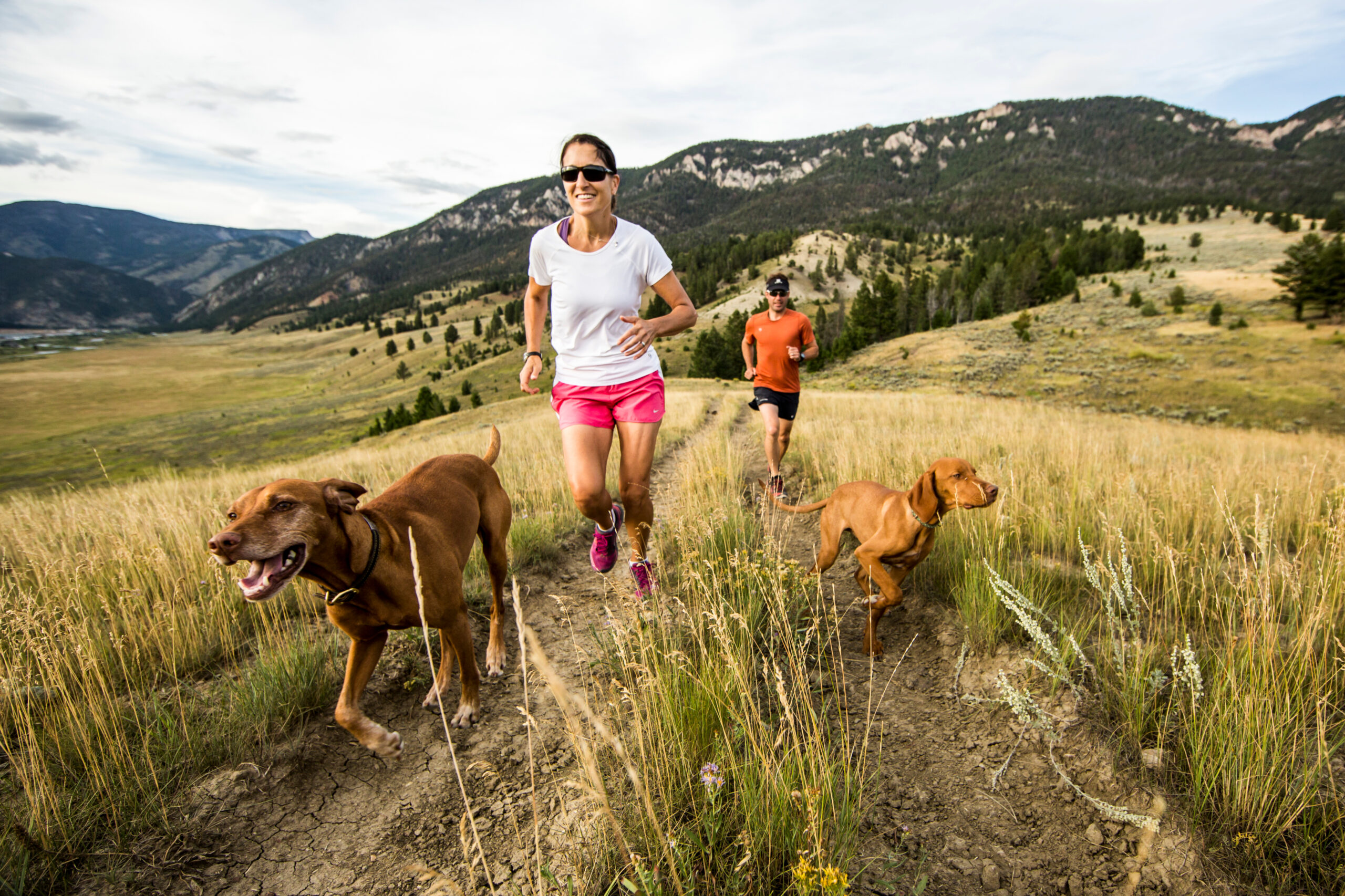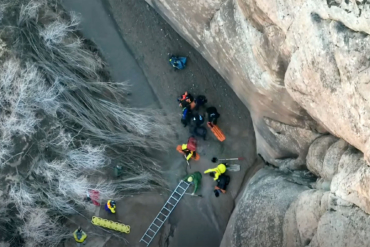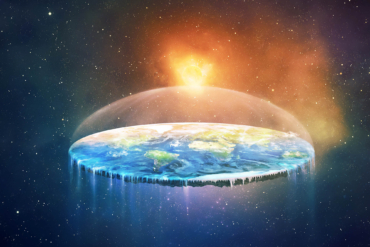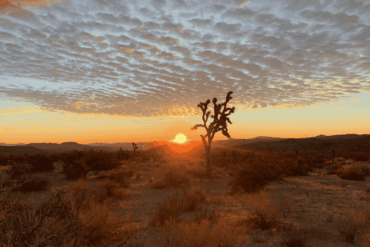Peter Hayes Robino arrived at the Natural Bridge trail’s parking lot in Death Valley on August 1 after a short hike in the desert. That afternoon, the National Park’s Furnace Creek weather station recorded a peak temperature of 119 degrees. Death Valley said it was likely that hot when Robino returned from the 1-mile hike. Within a couple of hours, he would be dead from heat exposure.
Witnesses said that the 57-year-old Los Angeles resident stumbled off the trail and into the Natural Bridge Trail parking lot sometime in the mid-afternoon. Bystanders approached Robino to offer help, but he declined, instead climbing into his vehicle and starting the engine. As he drove away, his car careened over a steep 20-foot embankment at the edge of the lot. His airbags deployed as he tumbled down the hill.
According to Death Valley officials, one bystander drove away to call for help, as there was no cell service at the lot. Others helped Robino extricate himself from the vehicle and walked him into the shade. Witnesses said he was still breathing when law enforcement arrived on the scene at 4:10 p.m.
NPS EMTs started CPR quickly and moved Robino into an air-conditioned ambulance. However, by 4:42 p.m., Robino had been pronounced dead.
“It’s tragic any time someone dies, and hopefully, Mr. Robino’s death will remind all of us that heat can kill and heat does kill,” Abby Wines, a spokesperson for Death Valley National Park, told GearJunkie. “It’s important to take it seriously.”
Robino’s death is the second this summer in Death Valley National Park to have occurred from heat exposure.
Heat Kills in Death Valley: Stay Cool, Hydrated, Full on Electrolytes

While the day Robino died was exceptionally hot, Wines said it was far from the hottest day of the year. Earlier this summer, the park recorded its highest temperature of the year at 129 degrees. It can be very dangerous to hike even a short distance from your vehicle in those temperatures. That’s why Death Valley National Park recommends only hiking before 10 a.m.
“We also recommend in the summertime that people don’t go on walks more than 10 minutes from an air-conditioned vehicle,” Wines said. She added that drinking lots of water and eating salty snacks are equally important for staying hydrated and full of necessary electrolytes.
Robino’s autopsy confirmed that he had died of hyperthermia — the medical term for overheating. According to the Centers for Disease Control (CDC), about 1,220 people are killed annually by extreme heat in the U.S. alone. The CDC lists high humidity, obesity, fever, dehydration, prescription drug use, heart disease, mental illness, poor circulation, sunburn, and alcohol use as contributing risk factors.
Warning signs of overheating and hyperthermia can be hard to distinguish, especially in Death Valley. Often, people stop sweating. However, Wines said that isn’t a great indicator because Death Valley has a relative humidity of just 10%. That makes sweat evaporate almost instantly. So, it’s hard to tell whether you’re sweating or not.
Other symptoms include high body temperature (103 degrees F or higher); hot, red, dry, or damp skin; a fast, strong pulse; as well as headaches, dizziness, nausea, confusion, and, in the later stages, loss of consciousness.
“I want people to consider their exposure to heat where they live as well,” Wines said. “Death Valley makes news because we’re the hottest place on Earth. But heat can be dangerous in places that don’t get anywhere near the temperatures that we get. So take it seriously.”








